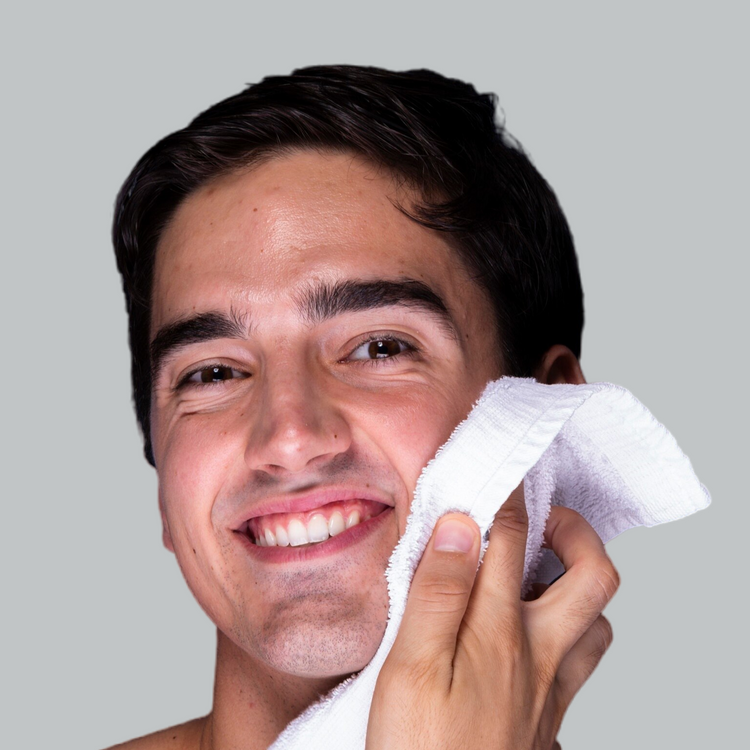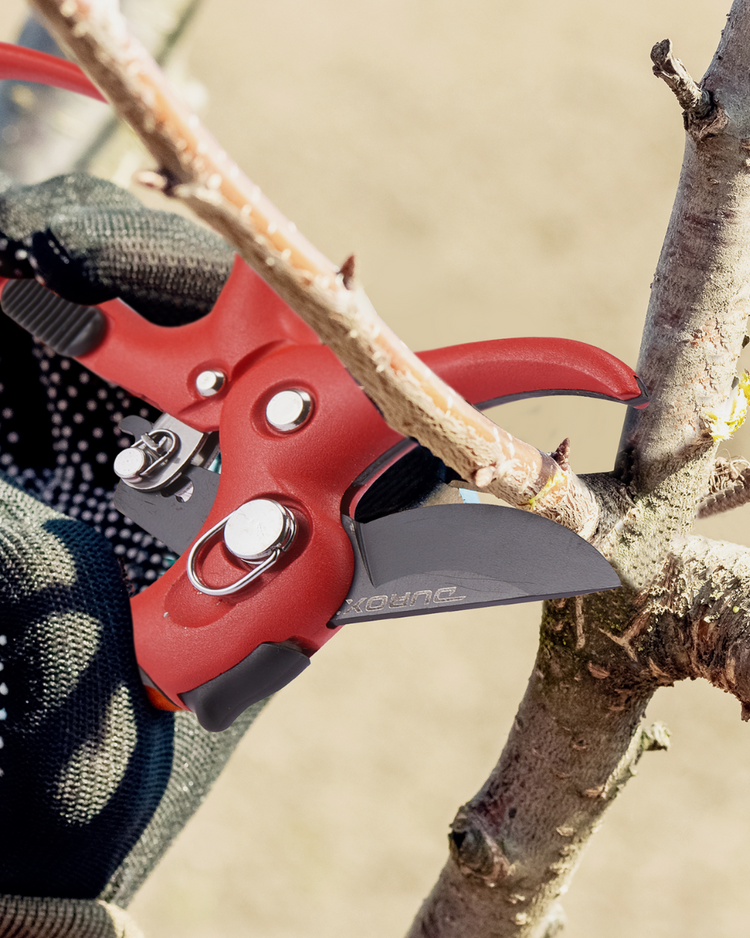
How to Prevent Ingrown Hairs: The Complete Guide to Smooth, Clear Skin
Comprehensive Guide on Preventing Ingrown Hairs
Preventing ingrown hairs is crucial for maintaining smooth skin. This guide will cover essential hair removal techniques and skincare practices to help you avoid ingrown hairs effectively.
Adjust Your Shaving Techniques for Optimal Results
Making small changes to your shaving routine can significantly reduce the risk of ingrown hairs:
-
Shave Less Often to Reduce Irritation:
Refrain from shaving for 3-4 weeks to let your skin heal and prevent new razor bumps. Even reducing your shaving frequency to every other day can help. Longer hair is less likely to become ingrown, reducing the chances of irritation and razor bumps.


-
Follow the Hair Growth Direction While Shaving:
Shaving against the grain (opposite to the direction your hair grows) can cause hairs to grow back into the skin. Shaving with the grain (in the same direction your hair grows) reduces irritation and the chance of ingrown hairs.

-
Use Shaving Cream:
Always use shaving cream, even with an electric razor, to prevent dry shaving. Shaving cream lubricates the skin, allowing the razor to glide smoothly and reducing friction.


-
Use a Sharp Blade:
Replace disposable blades every 5-7 shaves to ensure a clean cut. A dull blade can tug at hair, causing irritation and increasing the likelihood of ingrown hairs.

-
Warm Compress Before Shaving:
Apply a warm compress before shaving to soften the skin and hair, making it easier to shave and reducing the chance of hairs growing back into the skin.

-
Cool Compress After Shaving:
Apply a cool compress after shaving to soothe the skin and reduce irritation, helping to prevent ingrown hairs.

Explore Hair Removal Alternatives to Shaving
Alternative methods can be more effective at preventing ingrown hairs:
-
Tweezing and Waxing: Affordable and Gentle on Skin
These inexpensive methods remove hair from the root, allowing it to regrow naturally, which reduces the likelihood of ingrown hairs. -
Chemical Depilatories for Sensitive Skin
A budget-friendly option for hair removal, ideal for those with sensitive skin. However, they can sometimes cause allergic reactions and often come with noticeable chemical odors. -
Advanced Techniques: Laser and Electrolysis for Long-Term Results
For a more permanent and expensive solution, consider laser hair removal or electrolysis, which offers lasting results with minimal chances of ingrown hairs.
Essential Skincare: Exfoliation and Moisturization
Proper skin care is crucial in preventing ingrown hairs:
Exfoliate Regularly
Exfoliating your skin helps remove dead skin cells that can block hair follicles:

-
Effective Exfoliation Techniques:
Regularly exfoliate with a gentle scrub or brush to keep the skin free of dead cells and minimize hair trapping.

-
Maintain Skin Hydration:
Use moisturizers to keep the skin hydrated, reducing the chances of ingrown hairs and promoting healthy skin barrier function.
Use Proper Hair Removal Techniques
Follow these tips to minimize the risk of ingrown hairs:
-
Opt for Sharp, Single-Blade Razors:
Use sharp, single-blade razors to avoid close shaves that cause irritation. Multi-blade razors can cut hair below the skin's surface, leading to ingrown hairs. For more tips, read our guide on "Shaving Strategically to Prevent Ingrown Hairs." -
Shave with Warm Water:
Softens the hair and reduces the chance of ingrown hairs. Warm water opens pores and makes hair removal easier. -
Minimize Repeated Shaving Over the Same Area:
Reduce skin irritation by limiting the number of strokes in a single area and using short, gentle strokes.

-
Consider Electric Razors for a Safer Trim:
Electric razors can leave a small amount of stubble, decreasing the chance of hairs growing back into the skin. For detailed techniques, check out "Shaving Strategically to Prevent Ingrown Hairs."
Wear Loose Clothing
Tight clothing can irritate the skin and encourage hair to grow sideways:

-
Choose Loose Clothing:
Especially after shaving or waxing, to allow your skin to breathe and reduce friction. -
Opt for Natural Fabrics:
Natural, breathable fabrics like cotton minimize friction and irritation, reducing the likelihood of ingrown hairs.
Hydrate and Moisturize
Keeping your skin well-hydrated and moisturized helps prevent irritation and ingrown hairs:

-
Hydrate Your Skin:
Use a nongreasy moisturizer to keep your skin soft and reduce dead skin cells that can clog follicles. -
Avoid Alcohol-Based Products:
Choose calming toners or aftershave without alcohol. Alcohol can dry out the skin, increasing the risk of irritation and ingrown hairs.
Conclusion: Adopt These Practices for Ingrown Hair Prevention
By integrating these strategies into your routine, you can significantly reduce the risk of ingrown hairs and maintain smoother, healthier skin. For further guidance on managing ingrown hairs with pointed tweezers, see our detailed guide on "How to Get Rid of Ingrown Hair with Pointed Tweezers."
Explore Our In-Depth Guides for Effective Ingrown Hair Management
Prevent Ingrown Hairs with Expert Shaving Tips
Remove Ingrown Hair with Precision: Master Tweezing Techniques

